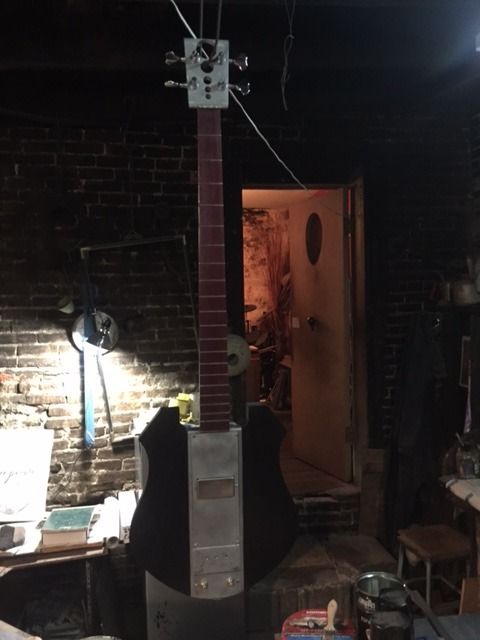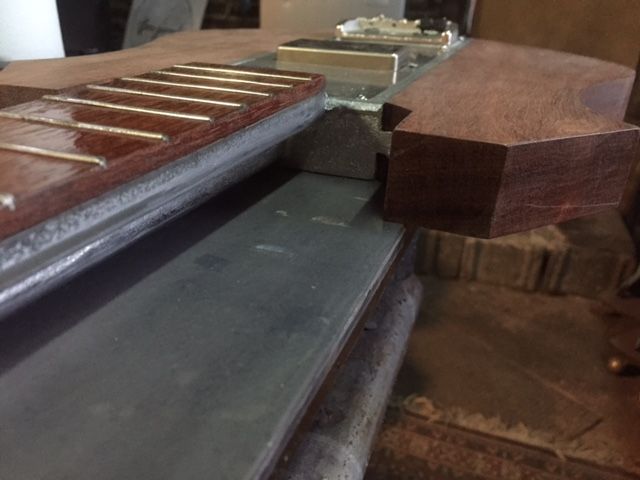how much front bow shoudl i be building into these ? am i righ in determining that front bow is needed? please help! thanks!






Peter Wilcox wrote:Not really pertinent to a bass, but interesting reading.
http://www.stewmac.com/How-To/Online_Re ... itars.html
David, I find that I have to start the "fall away" at about the 13th fret, and slowly ramp down from there.David King wrote:My experience with "fall away" on a bass is that it just causes fret buzzes in the middle of the fingerboard. No free lunch there in my experience.
It might be a sort of preemptive strike on bolt-on instruments that have a tendency to form a ski ramp where the neck attaches to the body?